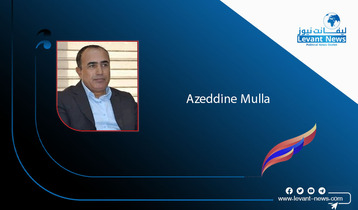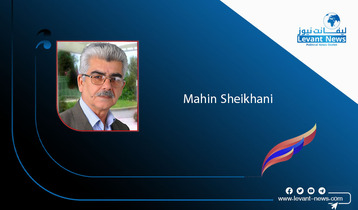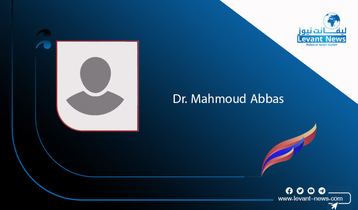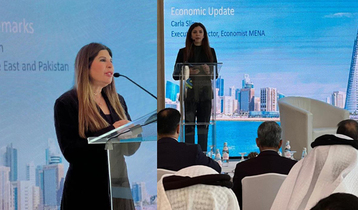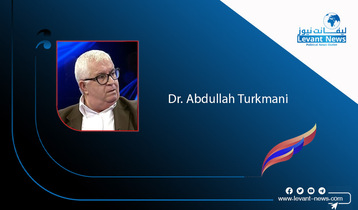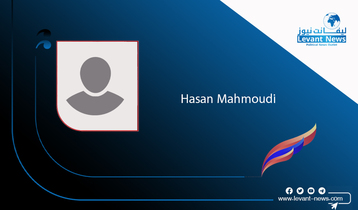-
Invisible Afghanistan

Yet Afghanistan is a country of almost 40 million people and the goldfish bowl focus on the drama of Kabul airport is rendering the vast majority of Afghans invisible at its expense. Their invisibility hides the existing humanitarian crisis and the potential for a bad situation to get much worse quite quickly with more seismic consequences both for Afghans and their neighbouring countries.
Let us not forget that the number of people internally displaced by conflict in Afghanistan has risen by 53% since the start of August, jumping from 360,000 to 550,000 in just two weeks. Amongst rising fears of a significant exodus of refugees a spokesperson for the UN High Commissioner for Refugees (UNHCR) said on Friday that "the vast majority of Afghans are not able to leave the country through regular channels."
UN agencies have warned of food shortages to Afghanistan as early as September without urgent aid funding. Before the Taliban takeover some 30% of Afghanistan GDP was comprised of humanitarian aid. A substantial presence of international aid agencies and donors has been thrown into total flux by the events of the past weeks. The banking system has been frozen and access to wages and funds for programming has combined with huge insecurity and of course thousands of humanitarian staff wanting to leave the country.
Donors such as Germany have frozen their funding and there was even talk of the UN having to halt operations and withdraw from the country. Much of this uncertainty isn’t going anywhere especially as huge questions remain as to what appetite the Taliban has for allowing humanitarian aid agencies to operate and whether the counterterrorism policies from the donor community will mean that can do so.
A significant increase in the need for aid matched by a dramatic restriction of aid access into the country is the recipe for disaster in a country that is already the sixth poorest in the world. The desperation of those trying to get flights from Kabul airport is clear to see but there appears little in the way of coverage of those living in other parts of the country highlighting the ordeal they are currently facing.
Those who live in parts of the country who’ve been affected by the vicious and intense bouts of fighting earlier in the year are perhaps the most vulnerable. Kabul of course escaped the kind of urban destruction seen in Mosul and Raqqa but other parts of Afghanistan weren’t so fortunate and the destroyed homes and schools would appear to have little prospect of being rebuilt anytime soon.
Whilst the debate in the Western political landscape focuses both on the merits of the Afghan withdraw and the competence of its operational reality, for the forgotten Afghan civilians outside of Kabul and the environs of the airport the crossroads that their country is at is one that they face in the context of remarkable isolation.
It doesn’t have to be this way, broadcasters and major news channels must try much harder to amplify the voices and stories of Afghans in other parts of the country. There is already a legacy issue of insufficient reporting from Afghanistan which partly explains the surprise felt by many as to the rise and rise of the Taliban, a story that would have been familiar to most observers who were actually paying attention. The chaos of Kabul airport will not conceivably last for much longer, what happens next when Afghanistan ceases to dominate the news is far more important for the longer-term future of the country and we can only hope that Afghans are invisible no more. levant
by: James Denselow levant

You May Also Like
Popular Posts
Caricature
BENEFIT Sponsors BuildHer...
- April 23, 2025
BENEFIT, the Kingdom’s innovator and leading company in Fintech and electronic financial transactions service, has sponsored the BuildHer CityHack 2025 Hackathon, a two-day event spearheaded by the College of Engineering and Technology at the Royal University for Women (RUW).
Aimed at secondary school students, the event brought together a distinguished group of academic professionals and technology experts to mentor and inspire young participants.
More than 100 high school students from across the Kingdom of Bahrain took part in the hackathon, which featured an intensive programme of training workshops and hands-on sessions. These activities were tailored to enhance participants’ critical thinking, collaborative problem-solving, and team-building capabilities, while also encouraging the development of practical and sustainable solutions to contemporary challenges using modern technological tools.
BENEFIT’s Chief Executive Mr. Abdulwahed AlJanahi, commented: “Our support for this educational hackathon reflects our long-term strategic vision to nurture the talents of emerging national youth and empower the next generation of accomplished female leaders in technology. By fostering creativity and innovation, we aim to contribute meaningfully to Bahrain’s comprehensive development goals and align with the aspirations outlined in the Kingdom’s Vision 2030—an ambition in which BENEFIT plays a central role.”
Professor Riyadh Yousif Hamzah, President of the Royal University for Women, commented: “This initiative reflects our commitment to advancing women in STEM fields. We're cultivating a generation of creative, solution-driven female leaders who will drive national development. Our partnership with BENEFIT exemplifies the powerful synergy between academia and private sector in supporting educational innovation.”
Hanan Abdulla Hasan, Senior Manager, PR & Communication at BENEFIT, said: “We are honoured to collaborate with RUW in supporting this remarkable technology-focused event. It highlights our commitment to social responsibility, and our ongoing efforts to enhance the digital and innovation capabilities of young Bahraini women and foster their ability to harness technological tools in the service of a smarter, more sustainable future.”
For his part, Dr. Humam ElAgha, Acting Dean of the College of Engineering and Technology at the University, said: “BuildHer CityHack 2025 embodies our hands-on approach to education. By tackling real-world problems through creative thinking and sustainable solutions, we're preparing women to thrive in the knowledge economy – a cornerstone of the University's vision.”
opinion
Report
ads
Newsletter
Subscribe to our mailing list to get the new updates!

